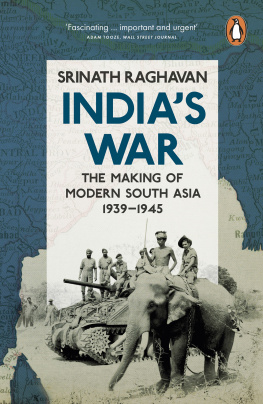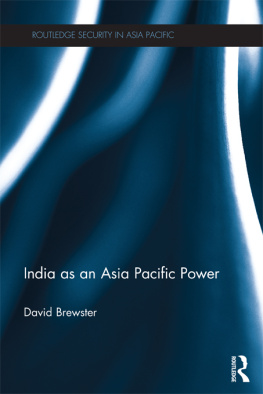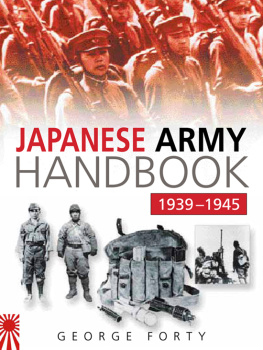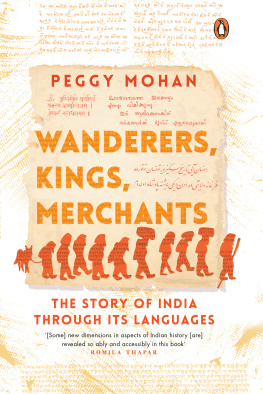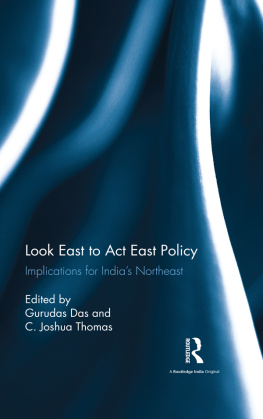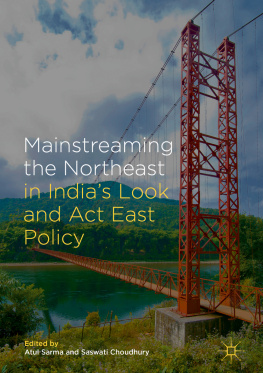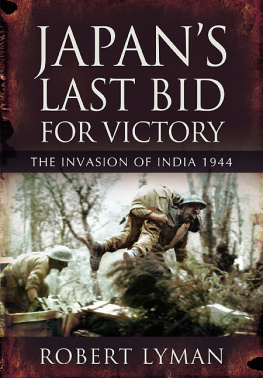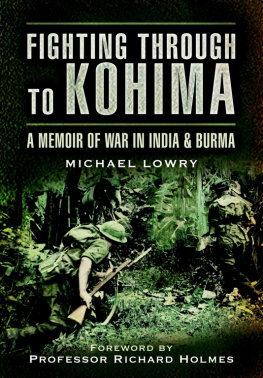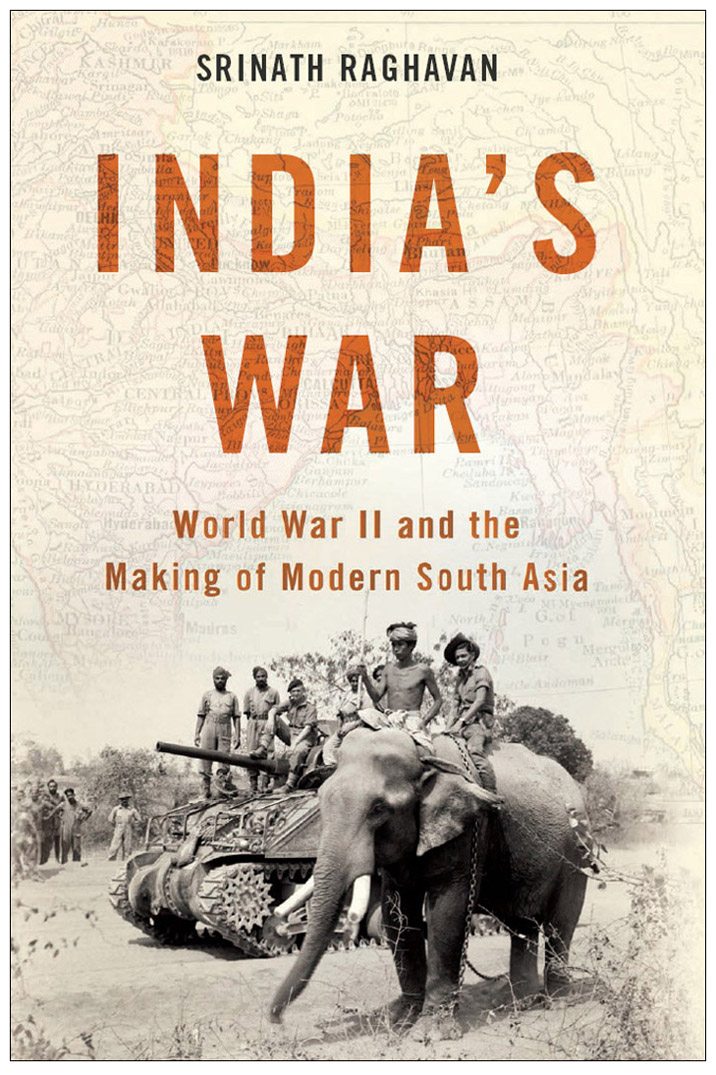

Copyright 2016 by Srinath Raghavan
Published in 2016 by Basic Books,
A Member of the Perseus Books Group
All rights reserved. Printed in the United States of America. No part of this book may be reproduced in any manner whatsoever without written permission except in the case of brief quotations embodied in critical articles and reviews. For information, address Basic Books, 250 W. 57th St, 15th Floor, New York, NY 10107.
Books published by Basic Books are available at special discounts for bulk purchases in the United States by corporations, institutions, and other organizations. For more information, please contact the Special Markets Department at the Perseus Books Group, 2300 Chestnut Street, Suite 200, Philadelphia, PA 19103, or call (800) 810-4145, ext. 5000, or e-mail .
A catalog record is available from the Library of Congress.
LCCN: 2016933273
ISBN: 978-0-465-09862-0 (e-book)
First published in 2016 by Allen Lane
Allen Lane is part of the Penguin Random House group of companies whose addresses can be found at global.penguinrandomhouse.com.
10 9 8 7 6 5 4 3 2 1
For Sukanya Venkatachalam
Table of Contents
Guide
Contents
Photo section appears after
I should like to thank the staff at the following archives and libraries: National Archives of India; Nehru Memorial Museum & Library, New Delhi; The National Archives, Kew; British Library, London; Imperial War Museum, London; Liddell Hart Centre for Military Archives, Kings College, London; School of Oriental and African Studies Library, London; University of Technology, Sydney; Van Pelt Library, University of Pennsylvania; and the Library of Congress, Washington D.C. My debt to the scholars upon whose work I have relied is recorded in the notes to this book. But I would like particularly to express my gratitude to the authors of the 25-volume Indian official history of the Second World War an unfortunately neglected series of books that remains an indispensable mine of information.
In researching this book I had stellar assistance at various times from Sandeep Bhardwaj, Vipul Dutta, Sarah Khan and Swetha Murali. Several other friends and colleagues sent me materials that were difficult to access: Rakesh Ankit, Rohit Chandra, Alan Jeffreys, Madhav Khosla and Kaushik Roy. I am especially grateful to A. R. Venkatachalapathy and Heather Goodall for drawing my attention to sources of whose existence I was entirely unaware. Aditya Balasubramanian and Avinash Celestine not only shared their excellent, unpublished work on the economic history of the period but spent long hours discussing their ideas and mine.
I owe a huge debt to Pratap Bhanu Mehta and other colleagues at the Centre for Policy Research. They have not only encouraged my interest in the history of Indias global engagements but have taught me fresh ways of thinking about the subject. It is a matter of deep regret that three remarkable senior colleagues Ramaswami Iyer, K. C. Sivaramakrishnan and B. G. Verghese are no longer around to see this book. While writing this book, I was also affiliated with the India Institute at Kings College, London. I am extremely grateful to Sunil Khilnani for his encouragement and support over the years.
Thanks are also due to Mahesh Rangarajan, Rudra Chaudhuri, Venu Madhav Govindu, Jahnavi Phalkey, Pallavi Raghavan and Pranay Sharma for indulging my interest in Indias role in the Second World War. For opportunities to present the arguments of this book and receive useful feedback, I am grateful to: David Edgerton at the Sir Michael Howard Centre for the History of War, Kings College, London; Devesh Kapur at the Center for Advanced Study of India, University of Pennsylvania; Karuna Mantena at the South Asia Studies Colloquium, Yale University.
The manuscript in draft was read by David Gilmour, Ramachandra Guha and Nandini Mehta. Their detailed and perceptive comments on substance and style immensely improved the book. The penultimate draft was read closely by Keshava Guha, and his suggestions were extremely useful in knocking the text into final shape. I am most grateful to all of them for taking the time out of their own projects to help me with this book.
My agent, Gill Coleridge, was instrumental in persuading me to embark on this work. Her tact, patience and advice have been indispensable during the course of writing it. Gills colleague, Melanie Jackson, was very helpful in placing the book in North America. My thanks also go to Cara Jones of Rogers, Coleridge and White.
It was a huge privilege to work with my editors Simon Winder at Penguin Books and Lara Heimart at Basic Books. Their formidable knowledge of the Second World War helped me frame Indias experience in a wide context and their suggestions were incredibly useful in thinking through and presenting my arguments. Meru Gokhale at Penguin Random House India came to the book in its later stages but with a burst of enthusiasm.
Richard Duguid was marvellously efficient in keeping the various parts of the book together. Charlotte Ridings did a superb job as copy-editor. Octavia Lamb was untiring in her research for the pictures. Jeff Edwards drew the maps. The index was compiled by Dave Cradduck. For their varied contributions to the making of this book, I am also grateful to Emma Bal and Maria Bedford at Penguin, and Leah Stecher and Alia Massoud at Basic.
As ever, this book could not have been written without the love and support of my family. My wife, Pritha, has been magnificently supportive of my obsession with yet another war. Our children, Kavya and Dhruv, have been cheerful despite my long absences. My parents, Geetha and K. S. Raghavan, provided much needed support at home during a crucial phase in the writing of this book. My mother-in-law, Sukanya Venkatachalam, has been a quiet source of encouragement for nearly fifteen years now. None of my books would have been written but for her solidarity, and this one is no exception. This book is for her as a token of my gratitude and affection.
A viceregal broadcast on a Sunday evening was rather unusual. Yet at 8.30 p.m. on 3 September 1939, the All India Radio stood by for a message from Lord Linlithgow. Speaking from his summer eyrie in Simla, the viceroy tersely announced that His Majestys Government was at war with Germany and so was India. I am confident, he solemnly declared, that India will make her contribution on the side of human freedom as against the rule of force. That was all. In taking this decision, the viceroy had consulted neither his Executive Council, nor the Central Legislative Assembly, nor yet any Indian leader. To him it was a foregone conclusion. And so began Indias Second World War.
When the war ended six years later, India stood among the victors. Indian soldiers had fought in a stunning range of places: Hong Kong and Singapore; Malaya and Burma; Iraq, Iran and Syria; North and East Africa; Sicily and mainland Italy. The Indian army had raised, trained and deployed some 2.5 million men. Even at the time, this was recognized as the largest volunteer army in history. Nearly 90,000 of these men were killed or maimed. Many more millions of Indians were pulled into the vortex of the Second World War as industrial, agricultural and military labour. Indias material and financial contribution to the war was equally significant. India emerged as a major military-industrial and logistical base for Allied operations in South-East Asia and the Middle East, and the country was also among the largest wartime creditors of Britain. Such extraordinary economic mobilization was made possible only by imposing terrible privations on a population that barely skirted the edge of subsistence. The human toll on the Indian home front must be counted in millions.


